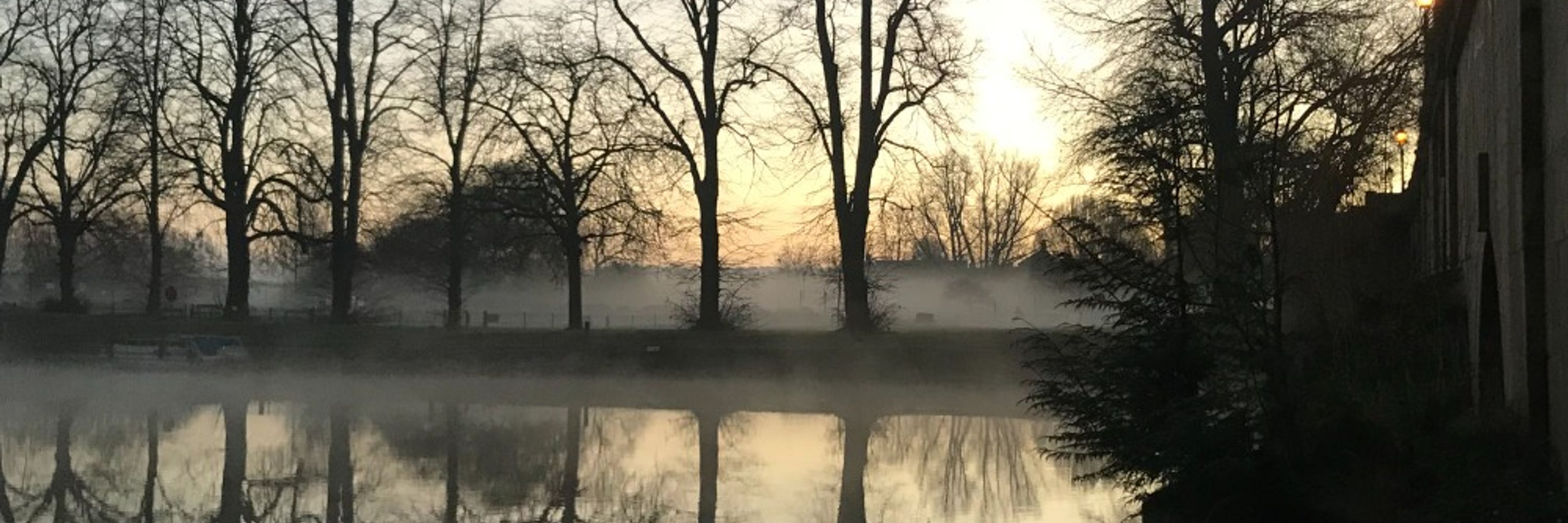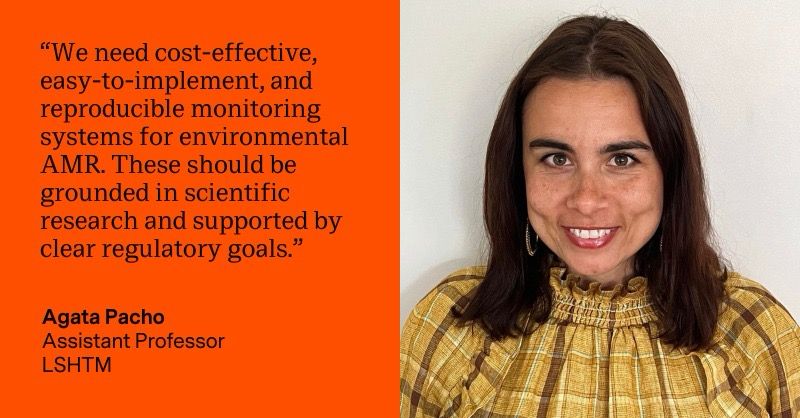
Previously: https://twitter.com/OxonAndrew
https://www.ceh.ac.uk/staff/andrew-singer
On the fourth day of #WAAW, our Hub’s co-directors Davey Jones (Bangor University) & @oxonandrew.bsky.social (UKCEH) share their thoughts on this topic.
Read more here: www.digitalamr.org/blog/waaw25-...

On the fourth day of #WAAW, our Hub’s co-directors Davey Jones (Bangor University) & @oxonandrew.bsky.social (UKCEH) share their thoughts on this topic.
Read more here: www.digitalamr.org/blog/waaw25-...
Catch the final showings in London and Liverpool to round off this year’s #WAAW!
Tickets: linktr.ee/panaceaplay
Catch the final showings in London and Liverpool to round off this year’s #WAAW!
Tickets: linktr.ee/panaceaplay
Check out the paper here: www.tandfonline.com/doi/full/10....
And the blog below ⬇️
@oxonandrew.bsky.social @hollytipper.bsky.social #WAAW
Check out the paper here: www.tandfonline.com/doi/full/10....
And the blog below ⬇️
@oxonandrew.bsky.social @hollytipper.bsky.social #WAAW
...a major review of the political-economic factors & concepts shaping #antimicrobial innovation since 1980 - and a call to diversify #antibiotic #R&D moving forward!
www.cambridge.org/core/journal...
For a summary, see the thread (1/9)
...a major review of the political-economic factors & concepts shaping #antimicrobial innovation since 1980 - and a call to diversify #antibiotic #R&D moving forward!
www.cambridge.org/core/journal...
For a summary, see the thread (1/9)
Read about stakeholders' perspectives of the UK National Action Plan.
👉 tinyurl.com/588csxnc
@oxonandrew.bsky.social @piru-lshtm.bsky.social

Read about stakeholders' perspectives of the UK National Action Plan.
👉 tinyurl.com/588csxnc
@oxonandrew.bsky.social @piru-lshtm.bsky.social
But do current #antimicrobial stewardship schemes adequately address our #planetarycrisis & protect the microbiota we all rely on? Read more in this review of microbial governance approaches:
www.cambridge.org/core/journal...
But do current #antimicrobial stewardship schemes adequately address our #planetarycrisis & protect the microbiota we all rely on? Read more in this review of microbial governance approaches:
www.cambridge.org/core/journal...
At @ukceh.bsky.social our AMR researchers work on both #bacterial and #fungal AMR!
We undertake research monitoring AMR in many different environments (water 🌊, wastewater 💩, air 💨, soil 🌱 & plants 🌿), which means we get out in the field a lot!




At @ukceh.bsky.social our AMR researchers work on both #bacterial and #fungal AMR!
We undertake research monitoring AMR in many different environments (water 🌊, wastewater 💩, air 💨, soil 🌱 & plants 🌿), which means we get out in the field a lot!
Panacea: a powerful new play co-written by our Deputy Director, Andrew Singer & writer Christina James is touring the UK 🎭
Panacea follows Gus, whose discovery of an infectious vaccine could save humanity from future pandemics.
Find out more: www.digitalamr.org/blog/panacea...

Panacea: a powerful new play co-written by our Deputy Director, Andrew Singer & writer Christina James is touring the UK 🎭
Panacea follows Gus, whose discovery of an infectious vaccine could save humanity from future pandemics.
Find out more: www.digitalamr.org/blog/panacea...
A science-themed play that I co-wrote is coming to you at the Midlands Art Centre on the 17th. A lab-night out? See you there! 🤞
linktr.ee/panaceaplay
@wvschaik.bsky.social @alanmcn1.bsky.social @drjorhodes.com @jkreft.bsky.social

A science-themed play that I co-wrote is coming to you at the Midlands Art Centre on the 17th. A lab-night out? See you there! 🤞
linktr.ee/panaceaplay
@wvschaik.bsky.social @alanmcn1.bsky.social @drjorhodes.com @jkreft.bsky.social
Details here ⬇️
centa.ac.uk/studentship/...
@oxonandrew.bsky.social @openuniversity.bsky.social @imperialcollegeldn.bsky.social #EnvironmentAgency
Details here ⬇️
centa.ac.uk/studentship/...
@oxonandrew.bsky.social @openuniversity.bsky.social @imperialcollegeldn.bsky.social #EnvironmentAgency
UKCEH makes sense of environmental complexity to power decisions that shape a better future.
We don’t just examine our planet, we decode it – working out how to build a better tomorrow.
🎞️ youtu.be/s9fBwN5-kxM
#UKCEH #EnvironmentalScience 🧪

UKCEH makes sense of environmental complexity to power decisions that shape a better future.
We don’t just examine our planet, we decode it – working out how to build a better tomorrow.
🎞️ youtu.be/s9fBwN5-kxM
#UKCEH #EnvironmentalScience 🧪
www.thelancet.com/journals/lan...

www.thelancet.com/journals/lan...
As well as the above he has also published a paper on emerging contaminants in urban streams in Sub-Saharan Africa 🧪💊💧
check it out here: www.sciencedirect.com/science/arti...

As well as the above he has also published a paper on emerging contaminants in urban streams in Sub-Saharan Africa 🧪💊💧
check it out here: www.sciencedirect.com/science/arti...
www.sciencedirect.com/science/arti...
@oxonandrew.bsky.social #AMR

www.sciencedirect.com/science/arti...
@oxonandrew.bsky.social #AMR


Check it out below ⬇️
www.tandfonline.com/doi/full/10....
@hollytipper.bsky.social @oxonandrew.bsky.social @rebeccaglover.bsky.social
Check it out below ⬇️
www.tandfonline.com/doi/full/10....
@hollytipper.bsky.social @oxonandrew.bsky.social @rebeccaglover.bsky.social
Check it out here ⬇️
www.nature.com/articles/s44...
Check it out here ⬇️
www.nature.com/articles/s44...








